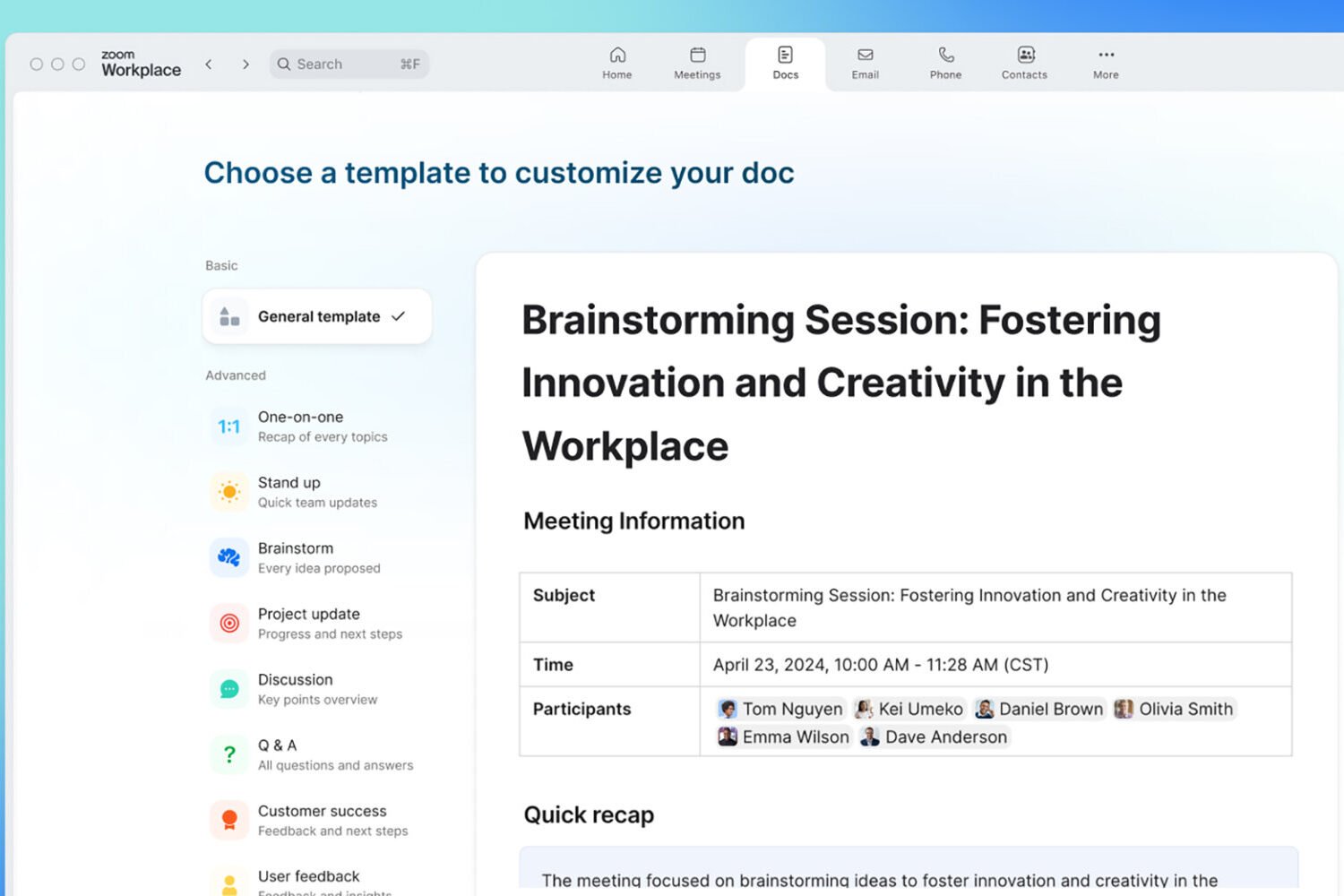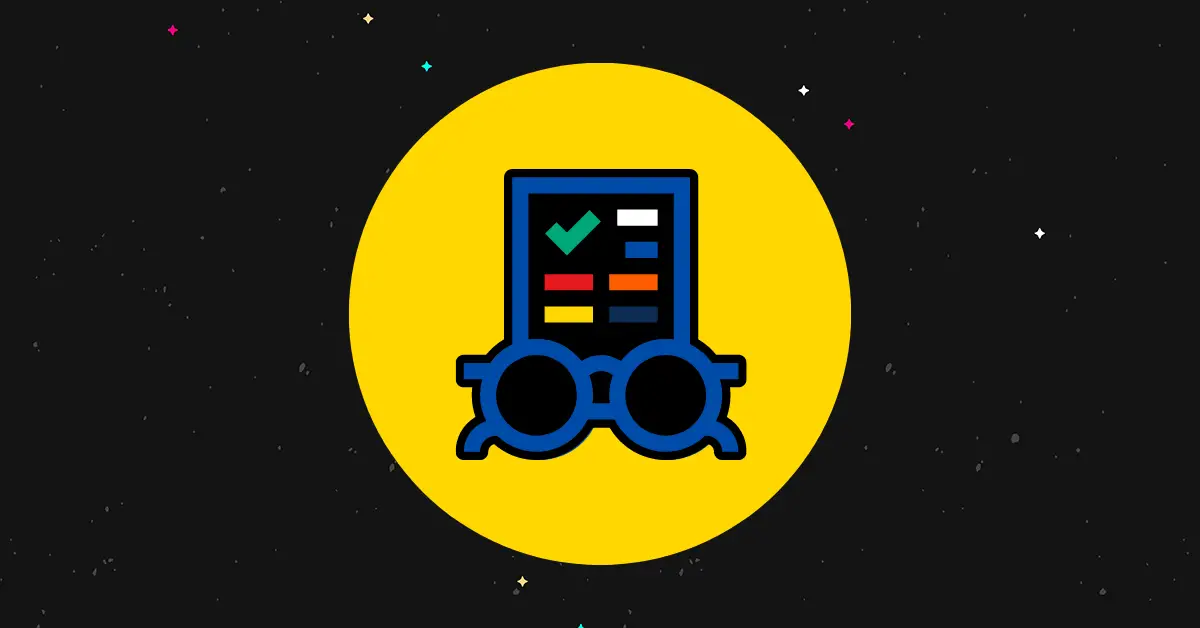Not content with hosting video conferences for up to a million people, Zoom has now rolled out its own version of Google Docs. So, if you were looking for another way to write your words down on digital paper inside a web browser, Zoom has you covered (Proton recently launched something similar, too).
Zoom touts the benefits of keeping everything you do inside a single workspace: According to its own research, you can save yourself a couple of hours a week by “limiting workflow distractions,” which we assume means switching between Zoom video calls and Google Docs in your browser.
While there’s probably not enough here (yet?) to get seasoned Google Drive users to jump ship, you might find Zoom Docs a more convenient alternative if you already spend a lot of time in the Zoom ecosystem. If you’re curious about what the app offers, read on for more.
Basic Zoom Docs features
If you have a free Zoom account, you can use all of the basic features inside Zoom Docs, but you’re limited to sharing up to 10 documents at any one time—and for individual users, that’s probably fine. If you’re on a paid plan, anything from $14.99 per month upwards, that sharing limit goes away, and you also get access to the AI companion that is available to help you with your writing.
Load up the Zoom Docs interface in your browser, and you’ll be right at home if you’ve used tools like Notion before. Each document is a blank canvas for text and images; you can start typing immediately. Various context menus and toolbars will follow you as you go. Highlight text, and you’ll see a formatting toolbar jump into view.
Markdown is supported, as are tables, lists, code, pictures, and other embeds. In general, it’s all pretty slick: Paste in a YouTube video URL, for example, and it’s playable right inside the document (if you want it to be). In this and other ways, it’s more like a blog post creator—whereas Google Docs is more of a traditional Word alternative.
As plain and minimalistic as the interface is, there are some useful features here if you dig down deeper: You can get instant translations of text right inside documents; for example, you can roll back to previous versions of a document with a few clicks, and there are basic spelling and grammar checks included too.
As for features that Google Docs has and Zoom Docs doesn’t have, at the moment, Zoom doesn’t have a word count feature, which might be a problem for certain writers. You also miss out on tools such as document comparisons, offline editing, and voice typing. More conventional features are also missing, such as support for a table of contents and headers and footers.
Everything is instantly saved as you work through your edits, and the main list of documents is straightforward and simple to use. Zoom Docs enables you to set up your own templates or pick from a wide range of prebuilt ones to help you get started more quickly, and there’s also the option to import and convert Word files (though you can’t convert them in the other direction).
Advanced Zoom Docs features
We’ve already mentioned the AI companion, and its features are as good as you would expect. It’ll summarize text, rewrite it in a different tone for you, and even churn out some generic, artificial text blocks based on a prompt. This is all familiar if you’ve used tools like OpenAI ChatGPT or Google Gemini.
As you would expect, there are some tight Zoom integrations here. You can start or schedule meetings from a document, and in the other direction, your video meetings can be summarized in text form through AI-powered transcription. It’ll also get you started with frameworks for reports, agendas, and so on.
You can embed Zoom whiteboards straight into your documents, create documents from right inside Zoom meetings, and have fairly sophisticated tagging and notification features built right in here, too.
Collaboration is a key feature here—this is a Zoom product, after all—and sharing documents, making revisions, leaving comments, and all the related tasks are well handled by the software. Up to a hundred people can work on a single document, and you can manage viewing and editing permissions as needed. At the same time, it never feels cluttered or too busy.
As noted above, Zoom Docs is more of a wiki editor than a document editor in many ways, and the modular layouts you can put together give you lots of room for flexibility—check out the included templates for some inspiration. Documents and pages can be linked together easily, and the interactive elements you get with tables make the software suitable for project planning and light spreadsheet work, too.
Google Docs has been around for decades and offers more features—especially those related to more traditional word processor programs. But if you use Zoom for a lot of day-to-day work, then Zoom Docs is a slick and helpful add-on that you’ll probably find useful, especially if you can make the most of its AI features.








Leave a Reply